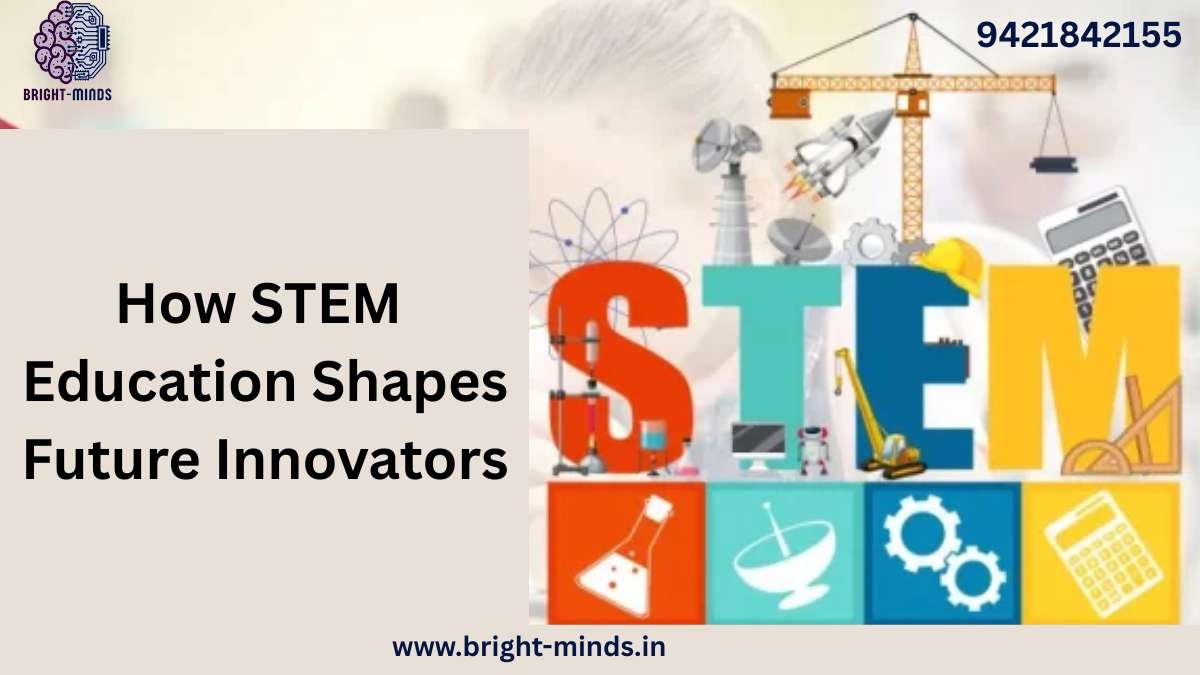In today’s fast-changing world, innovation is no longer optional—it’s essential. From artificial intelligence to renewable energy, the solutions of tomorrow will come from people who think differently and solve problems creatively. That’s where STEM education—Science, Technology, Engineering, and Mathematics—comes in.
STEM isn’t just about formulas or coding. It’s about cultivating critical thinking, curiosity, and resilience—the very traits that future innovators need. Whether you’re a parent, teacher, or even an employer looking at the workforce of tomorrow, understanding the role of STEM is crucial.
What Is STEM Education?
At its core, STEM is an interdisciplinary approach to learning where academic concepts are paired with real-world applications. Instead of teaching science or math in isolation, STEM integrates these subjects into hands-on projects—like building a robot, designing a bridge, or coding an app.
This approach mirrors how challenges are solved in the real world: not by memorizing theories but by combining knowledge, creativity, and teamwork.
Why STEM Education Matters for the Future
- Encourages Problem-Solving
STEM teaches students to ask questions, test ideas, and learn from failure—skills essential for innovation. - Boosts Critical Thinking
From analyzing data to evaluating solutions, STEM develops sharp decision-making abilities. - Prepares for High-Demand Careers
Fields like AI, data science, robotics, and biotechnology are growing rapidly. STEM equips students with the tools to thrive in these industries. - Fuels Creativity and Innovation
By blending science with imagination, STEM nurtures innovators who can dream big and design practical solutions.
Industry Insights: The Rising Demand for STEM Skills
- Job Market Growth: According to the World Economic Forum, STEM-related jobs are projected to grow by more than 20% by 2030, outpacing most other fields.
- Employer Demand: A 2024 LinkedIn report revealed that employers rank problem-solving, analytical thinking, and technical literacy—hallmarks of STEM—as the top three skills for future hires.
- Global Investments: Countries worldwide are investing billions in STEM education to stay competitive in the innovation economy.
Clearly, STEM is not just an academic trend—it’s a driver of global progress.
Real-World Applications of STEM Learning
Consider this: A group of students designs a water filtration system using simple engineering principles. They’re not just learning science; they’re solving a real-world problem.
Or think of children who code their first mobile app to help classmates manage homework. Beyond learning technology, they’re building entrepreneurial skills.
These examples show how STEM translates theory into practical innovation, preparing children to lead change in society.
Practical Tips to Encourage STEM Learning
- Incorporate Hands-On Activities
Experiment kits, robotics clubs, or DIY projects spark curiosity. - Use Everyday Opportunities
Cooking can teach chemistry; budgeting for a toy can introduce math skills. - Leverage Technology Wisely
Educational apps and coding platforms like Scratch or Tynker make STEM fun and interactive. - Encourage Team Projects
Group challenges build collaboration and communication—essential for innovation. - Support Growth Mindset
Celebrate effort, not just results. Mistakes are stepping stones in both STEM and life.
STEM Beyond Schools: Why Companies Should Care
Employers are directly impacted by the quality of STEM education today. Companies benefit from supporting STEM initiatives in several ways:
- CSR Initiatives: Sponsoring STEM programs in schools strengthens brand reputation.
- Employee Engagement: Providing STEM learning opportunities for employees’ children builds goodwill.
- Talent Pipeline: Encouraging STEM early ensures a workforce equipped for the challenges of the future.
Market Trend: EdTech and STEM Learning
The global STEM EdTech market is booming, projected to surpass $150 billion by 2030. Tools like coding platforms, AR/VR labs, and gamified STEM courses are transforming how children and adults alike engage with science and technology.
This surge highlights the growing recognition of STEM as a foundation for lifelong learning and innovation.
Taking the First Step
STEM isn’t about producing only scientists or engineers—it’s about shaping problem-solvers, innovators, and leaders for the future. Just as financial literacy ensures stability, STEM literacy ensures progress.
Whether at home, school, or work, investing in STEM education today is an investment in tomorrow’s breakthroughs.
👉 Ready to dive deeper into STEM learning? Explore our advanced STEM resources, workshops, and online courses on our website. Help unlock the innovator within and shape a brighter future!
Also Read:
https://bright-minds.in/unlocking-word-meaning-for-class-ukg-english-to-hindi/

